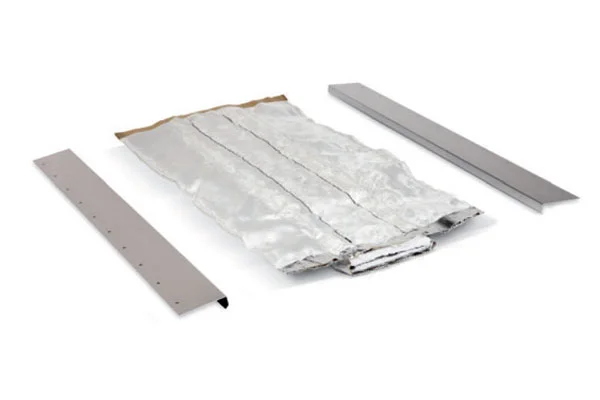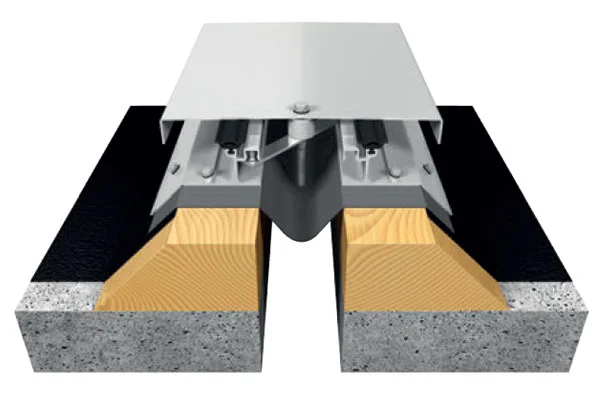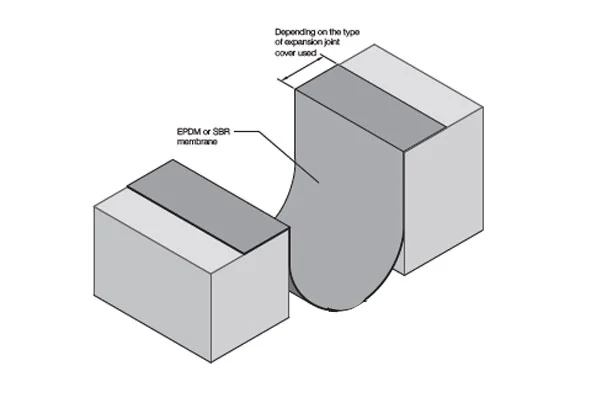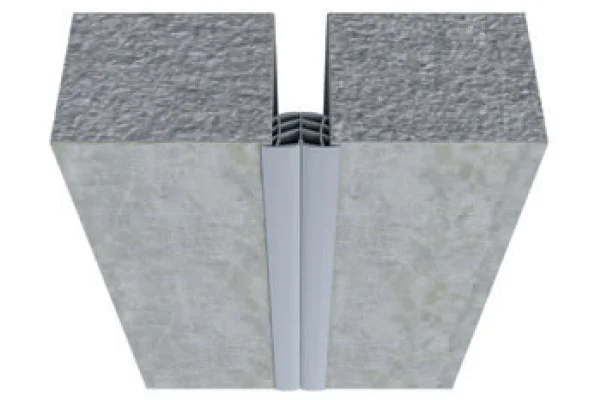Metal bellows-type expansion joints are flexible components used in piping systems to accommodate thermal expansion, vibration, and movement. They are integral to piping assemblies, vacuum systems, industrial plants, exhaust system assemblies, auxiliary equipment, original equipment manufacturer (OEM) engines, aerospace applications, nuclear applications, heat exchangers, pressure vessel applications [1], and turbine systems [2].
In industrial applications, expansion joints are often the weakest link in a piping assembly because they accommodate stresses due to growth and shrinkage in the system [3]. These components are strategically placed to address various challenges related to displacement within the system [4] and allow for movement while maintaining stability [5]. Thin-walled (< 3 mm thick) metal expansion joints are widely used in vacuum interrupters in refinery applications because they can keep their integrity better than welded expansion joints in high-pressure and high-temperature applications [6]. It is worthwhile to investigate how findings about these different applications can be generalized or if there are specific considerations or challenges unique to each industry that need further exploration.
- (a)
Design Improvement
Understanding the diverse parameters influencing metal bellows’ fatigue life aids engineers in highlighting overlooked factors, fostering awareness, and improving metal expansion joint design. The existing literature is sector-specific, although some approaches can be diversified. The design ideologies adopted are conservative, rendering them inherently expensive.
- (b)
Performance and Reliability
A metal expansion joint typically undergoes cyclic loading due to thermal expansion, pressure fluctuations, and dynamic loading. Fatigue failure can lead to a sudden loss of functionality, resulting in system downtime, reduced productivity, and potentially costly repairs or replacements [1]. When appropriately designed and installed, metal expansion joints can exhibit a service life of 15–20 years in the majority of industrial applications [4]. Addressing the parameters that affect fatigue life can improve bellows’ performance.
- (c)
Safety
Fatigue failure in metal expansion joints poses safety risks, especially in the oil, gas, and nuclear industries [3]. It is crucial to conduct regular inspections, implement preventive maintenance, and adhere to replacement schedules [7]. Safety protocols must be employed during maintenance or replacement activities to mitigate risks [8], and personnel must be educated about the potential risks associated with expansion joints [9].
- (d)
Cost Optimization
Fatigue failures can be costly in terms of direct expenses (e.g., repair or replacement costs) and indirect expenses (e.g., production losses, downtime, safety-related incidents) [4]. These costs can be optimized by using simulation methods if necessary.
- (e)
Regulatory Compliance
Adhering to regulatory compliance is essential for maintaining legal and ethical standards within a given operation or industry [10]. Yet, staying abreast of regulations incurs frequent updates and significant expenses.
Fatigue life assessments require a multidisciplinary approach involving materials science, structural mechanics, and other industry-specific understandings. It may also be beneficial for end users of these joints to assess how well the industry standards are integrated into the numerical investigations and analyses presented in papers such as [1], [6], and [8]. To fill this gap, this review aims to serve as a comprehensive resource for manufacturers across various industries, offering a centralized reference for addressing potential risks, finding solutions, and exploring accessible approaches outlined in both industry standards/codes and research studies. By integrating insights from simulations, experiments, and recent studies, this review is meant to be a one-stop solution, providing a holistic perspective to guide users in optimizing the design, assessment, and mitigation of risks associated with expansion joints in diverse applications. It is also intended to enable researchers to explore connections and trends across multiple dimensions.
Additionally, users often overlook certain parameters or perceive them as irrelevant. This review is intended to raise awareness among practitioners in the field, offering insights that may have been overlooked and fostering a more comprehensive understanding of the subject.







